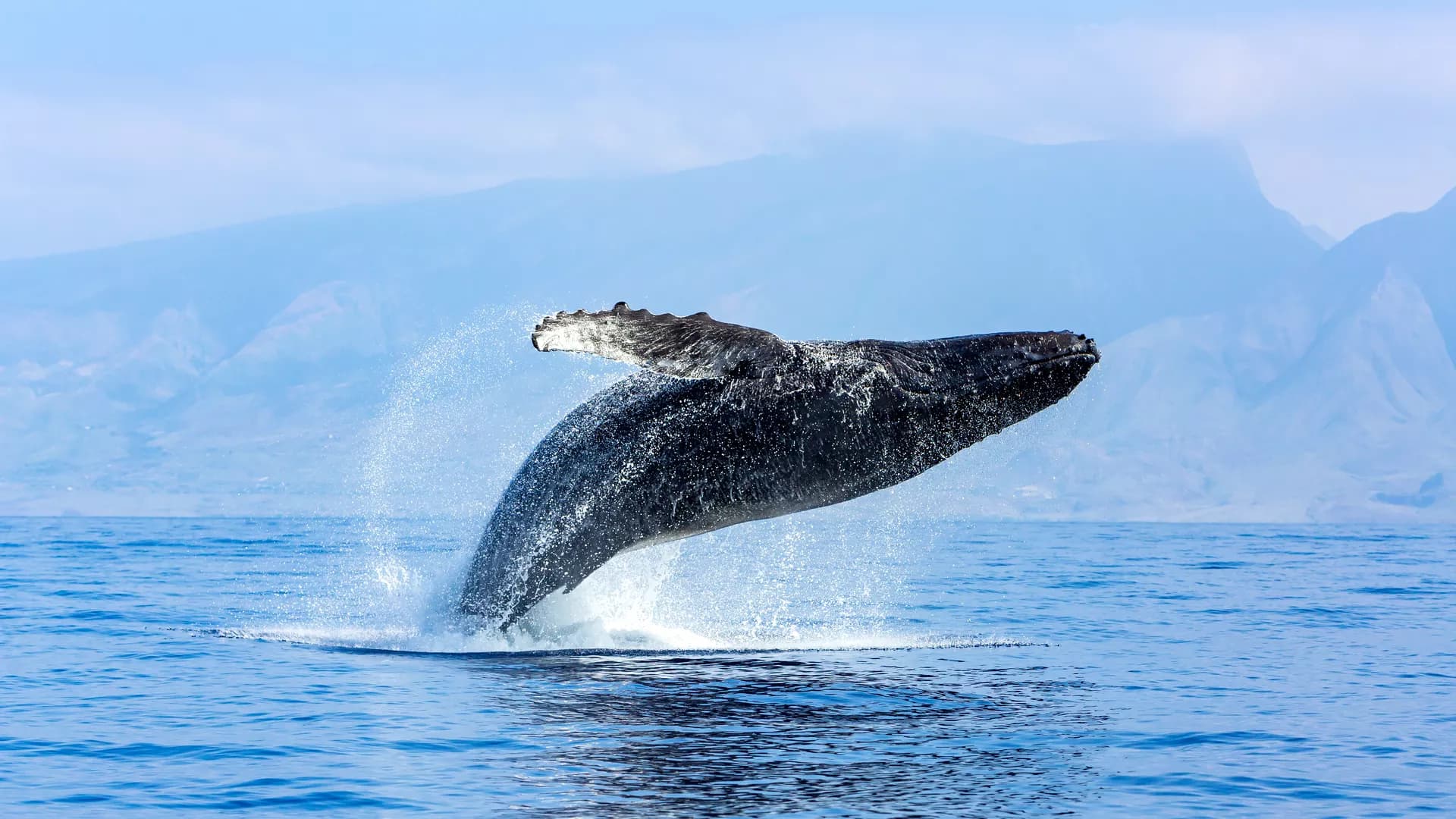Introduction: Competition embodies species struggle for space and food and is, therefore, a critical evolutionary mechanism influencing species spatiotemporal patterns and persistence. One of the main drivers of competition is resource availability. In marine ecosystems, resource availability is determined, among other things, by habitat structural complexity, as it increases biodiversity and species abundance. In this context, our study aims at understanding how the differences in substrate complexity affect potential trophic competition between demersal fishes in Northeast Brazil.
Methods: We selected two zones contrasted in terms of substrates, one dominated by sand (zone A) and the other by complex substrates such as reefs and calcareous algae (zone B). We used Stable Isotope Analysis (SIA) to quantify intraspecific and interspecific interactions of demersal fishes in both zones. We compared the competitive interactions between zones using social network analysis (SNA), a suitable method to quantitatively study a set of interactions.
Results: In the sand-dominated zone, demersal fish showed greater interspecific competition and occupied a larger isotopic niche suggesting that a resource-limited context led to diet diversification in the community. Some species expanded their niche through diet plasticity, while others showed higher intraspecific competition than in Zone B to cope with the greater interspecific competition.
Discussion: Combining SNA and SIA provided a new method to investigate competition. This study potentially gives a perspective on the future ecological response of the demersal fishes at the community and species level. With habitat degradation and climate change, the complex substrates in zone B will probably disappear gradually, transforming this zone into an ecosystem akin to zone A. This would be detrimental to species more vulnerable to interspecific competition, particularly those targeted by fisheries.
Climate and fisheries interact, often synergistically, and may challenge marine ecosystem functioning and, ultimately, seafood provision and human wellbeing that depend on them. Holistic and integrative approaches aiming at evaluating the spatial overlap between these major stressors are crucial for identifying marine regions and key fish species that require conservation priority to prevent possible future collapses. Based on highly resolved information on environmental conditions and fishing pressure from the Southern Benguela and the Agulhas Bank ecosystems off South Africa, we identified the main areas where small pelagic fish species (European anchovy Engraulis encrasicolus, Pacific sardine Sardinops sagax, and West Coast round herring Etrumeus whiteheadi) have been highly impacted in terms of unfavourable environmental conditions and fishing pressure over the period 1993-2018. We termed these areas cumulative “hotspots” of climate change and fishing impact. We also identified fishing grounds where environmental conditions are now more favourable for these pelagic fish species, terming these “bright spots” of climate change. Environmental conditions and fishing intensity show contrasting patterns between the Southern Benguela and the Agulhas Bank ecosystems, with the Southern Benguela region accumulating most of the cumulative hotspots and showing the most negative trends in CPUE (a proxy for local fish abundance). Contrastingly, bright spots, identified on the south coast but also south of Cape Town, showed more positive trends in CPUE, suggesting that they may support sustainable growth of the small pelagic fishery in the medium term. Focussing future fishing effort on these bright spots may serve to alleviate pressure on the doubly and highly impacted cumulative hotspots from the western side of the southernmost tip of Africa.
Mesopelagic fishes play critical ecological roles by sequestering carbon, recycling nutrients, and acting as a key trophic link between primary consumers and higher trophic levels. They are also an important food source for harvestable economically valuable fish stocks and a key link between shallow and deep-sea ecosystems. Despite their relevance, mesopelagic ecosystems are increasingly threatened by direct and indirect human activities while representing some of the largest and least understood environments on Earth. The composition, diversity, and other aspects of the most basic biological features of numerous mesopelagic groups of fishes are still poorly known. Here, we provide the first integrative study of the biodiversity of mesopelagic fishes of the southwestern Tropical Atlantic (SWTA), based on two expeditions in northeastern Brazil in 2015 and 2017. A full list of mesopelagic fishes of the region is provided, including rare species and new records for the Brazilian Exclusive Economic Zone and the indication of potentially new species in groups such as the Stomiiformes and Beryciformes. Key aspects of the diversity of mesopelagic fishes of the region were also assessed, considering different depth strata and diel periods. At least 200 species, 130 genera, 56 families, and 22 orders of the Teleostei and one shark (Isistius brasiliensis, Dalatiidae, Squaliformes) were recorded, including potentially eight new species (4%) and 50 (25%) new records for Brazilian waters. Five families accounted for 52% of the diversity, 88% of specimens collected, and 66% of the total biomass: Stomiidae (38 spp., 8% of specimens, 21% of biomass), Myctophidae (34 spp., 36%, 24%), Melamphaidae (11 spp., 2%, 7%), Sternoptychidae (9 spp., 26%, 10%), and Gonostomatidae (7 spp., 16%, 4%). During the day, richness and diversity were higher at lower mesopelagic depths (500–1000 m), with contributions of typically bathypelagic species likely associated with seamounts and oceanic islands. At night, richness and diversity increased at epipelagic depths, indicating the diel ascension of several species (e.g., myctophids and sternoptychids) that can endure temperature ranges of up to 25°C. Information on the geographic distribution of several rare species worldwide is also provided.
Frontiers in Marine Science
Ocean Governance and Climate Adaptation: Comparing Responses, Charting Future Courses













